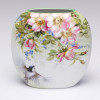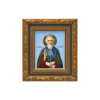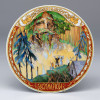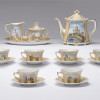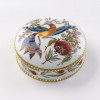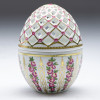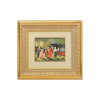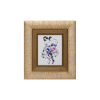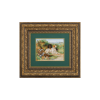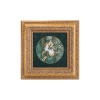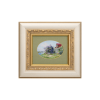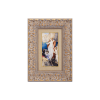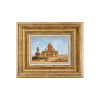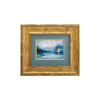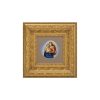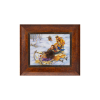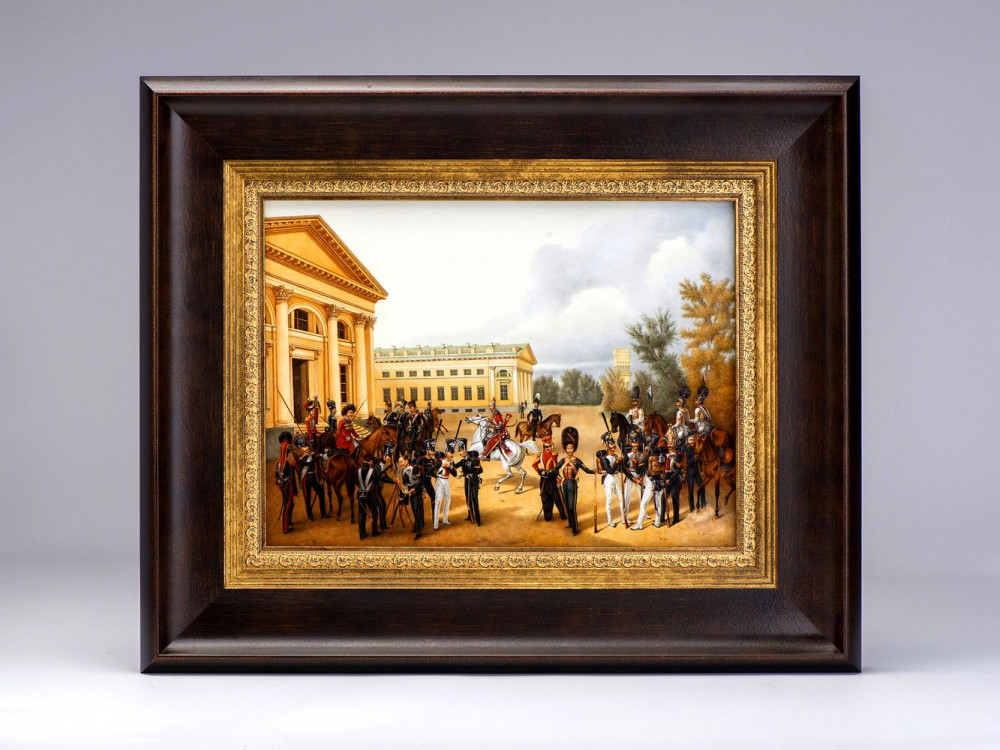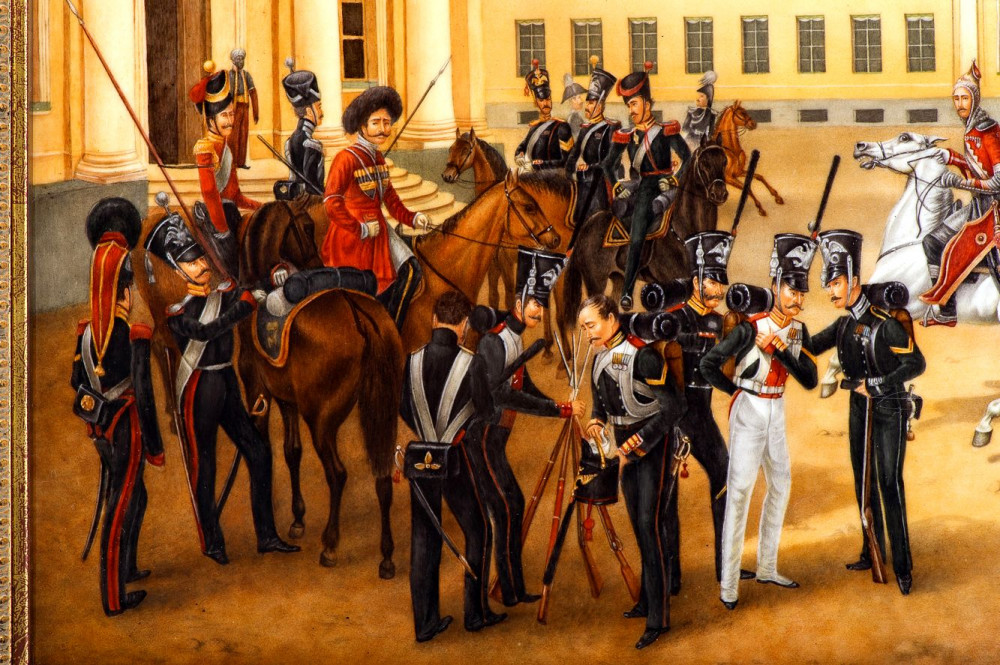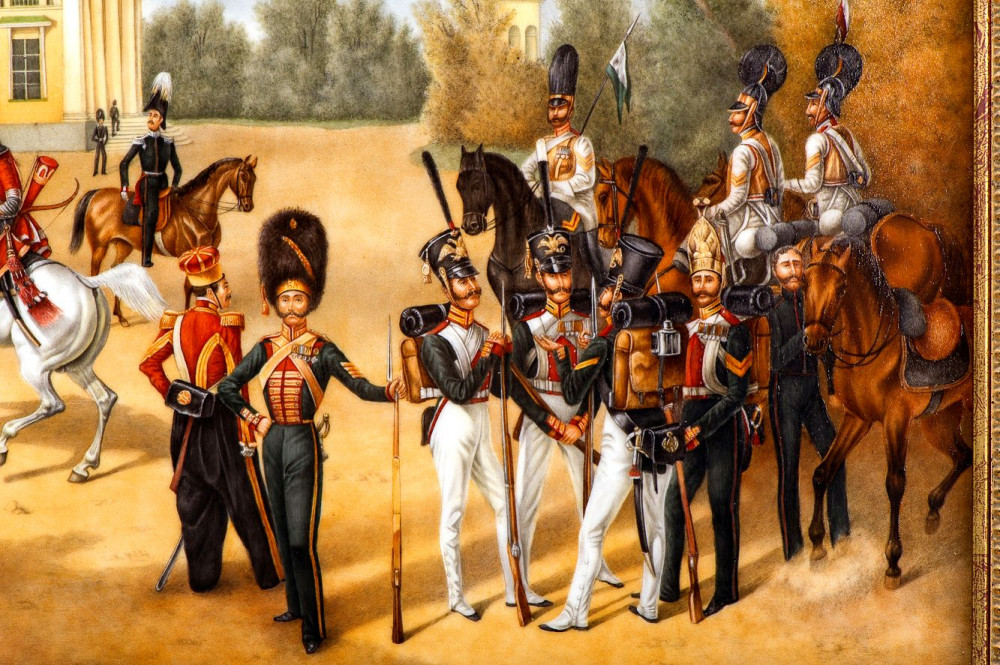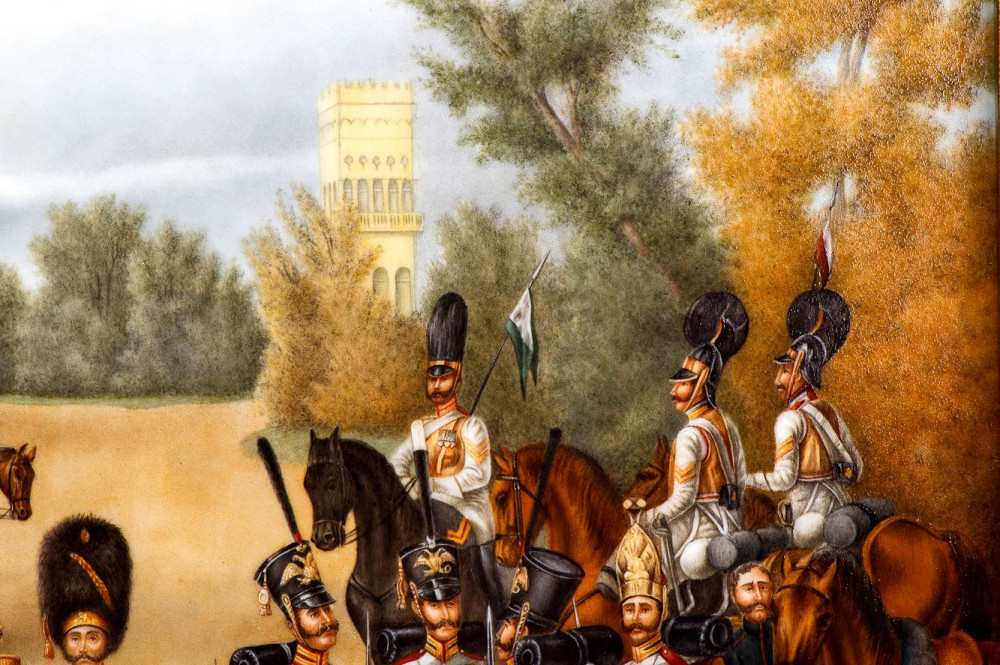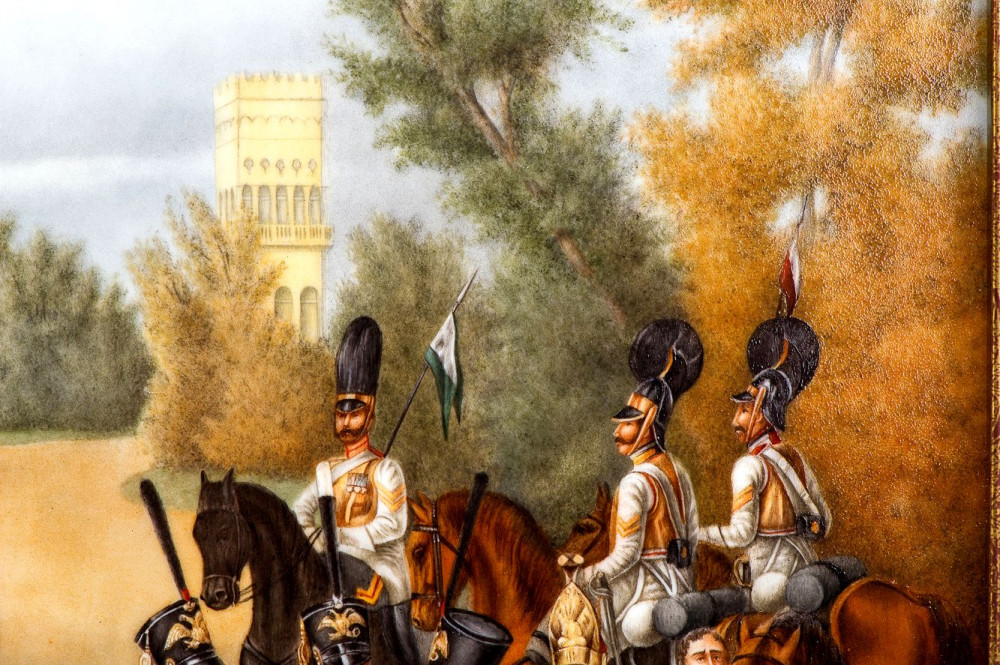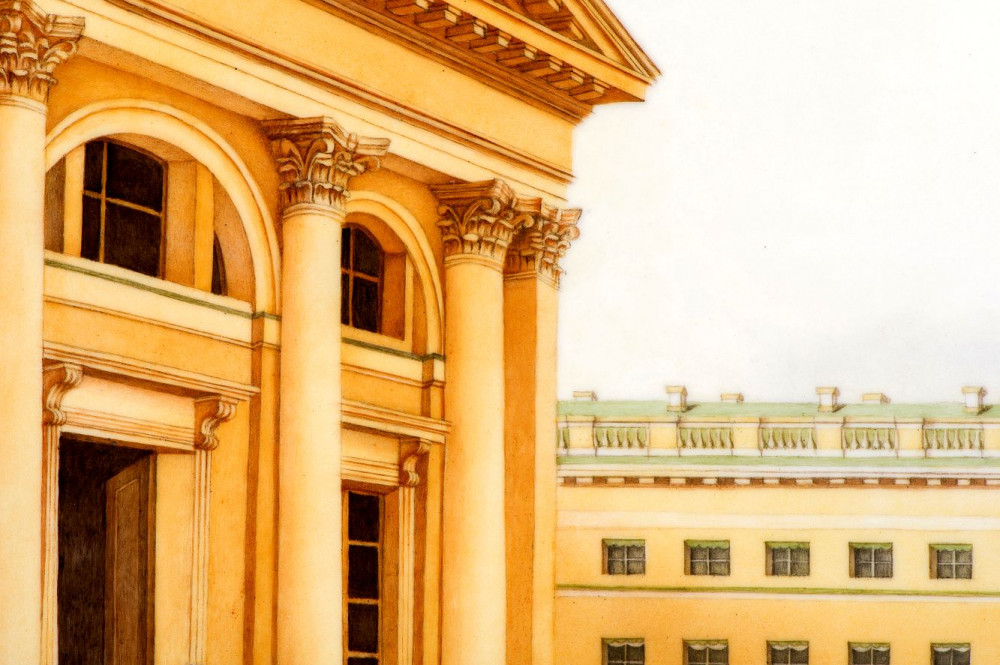You are here
The Imperial Russian Guard in Tsarskoye Selo in 1832
On the back of the panel is a trademark brand and a handwritten inscription in dark pigment: “a panel based on “The Imperial Russian Guard in Tsarskoye Selo in 1832” by F. Krüger (1797–1867). Painting on porcelain, painted by Yu. Lyavinskaya 2019”.
The painting was created at the Andreyevskaya Porcelain Manufactory (APM) by the painter Yulia Lyavinskaya based on the painting of Franz Krüger (1797–1857), an outstanding German artist of the 19th century, a master of the historical genre pictures and the ceremonial portraits.
Franz Krüger was the court painter in the Royal Court of Prussia. He worked in Russia during short visits, and was the favorite artist of the Russian Emperor Nicholas I. Krüger had a great influence on the development of the Russian national school of battle painting. Krüger’s talent was clearly displayed when depicting military parades painted with almost photographic accuracy. He did numerous portraits of Nicholas I and members of the Imperial Family, representatives of the Russian aristocracy, officers and soldiers of the Guard, and genre paintings of military scenes. He was particularly gifted in painting horses and hunting scenes. The artist also painted portraits of Alexander I and the King of Prussia, Friedrich William III, for the military gallery of the Winter Palace.
His brilliant technique and impeccable taste earned the artist well-deserved fame. In 1841, by the personal order of Emperor Nicholas I, the artist created the famous historical canvas depicting the soldiers of the Russian Guard in Tsarskoye Selo in 1832, near the Alexander Palace (the painting is in the collection of the Alexander Palace in Pushkino).
Expertise in porcelain painting and craftsmanship enabled the APM artist Yulia Lyavinskaya to recreate the complex composition of multiple figures in detailed authenticity on a porcelain panel and convey the expressive original drawing and the vivid colors of the work of art. The artist has skillfully recreated the painter’s technique. The painting is executed with the details most accurately conveyed, in rich colors, and with the expressive portrayal of the silhouetted groups.
Historically, the tradition of reproducing on porcelain paintings by famous artists goes back to the 19th century, the heyday of the porcelain industries in Europe and Russia. By the time, artists had achieved high levels of skill and would recreate for the aristocracy paintings on porcelain panels inspired by famous works of art, at the Imperial Porcelain Factory of the Russian Empire, at the Royal Porcelain Manufactory in Berlin and at Sèvres Porcelain Manufactory in France. Expensive porcelain paintings were regarded as a luxury, they were painted to order and framed in gilded frames; they decorated palace interiors and were presented as gifts.
Experts acknowledge that the technology of painting on porcelain is particularly complex, since it involves changes in pigment color through heat during firing. The process of creating a work on porcelain may take several months, and high levels of detail in the painting and the unique color scheme can only be ensured by the master meticulously following the technological process.
Before commencing work, the artist complies a technological chart for mixing pigments; trial colors are completed and a palette of shades is prepared. The painting is executed by applying layer-upon-layer of colored glazes, with many layers of detailed brush strokes, each of which must be fixed in the firing process. In addition, there is a specific temperature treatment scale for each pigment. The technological process of creating the panel included 8 firings at 730 to 820°C.
The porcelain panel with a reproduction of the painting by F. Krüger demonstrates the high levels of technological and artistic skills achieved at the Andreyevskaya Porcelain Manufactory, and the company’s commitment to reviving the lost historical traditions of porcelain art.
The panel was produced as a single copy; it is mounted in a modern gilded frame.
